Project Group

New York University (NYU) was founded more than 185 years ago with the goal of providing New York City (NYC) residents with an education as bold as the aspirations that drew their families to our shores. While remaining a gateway for regional students, NYU has received national and global recognition and today is the largest private research university in the U.S., enrolling approximately 50,000 undergraduate and graduate students each year. The NYU Tandon School of Engineering has a more than 160-year legacy rooted in the history of two great engineering schools: Polytechnic Institute of Brooklyn (Poly) and NYU Heights. In the fall of 2015, the Tandon family made a $100M gift to strengthen the importance and centrality of engineering to the growth of the university, and today NYU Tandon has nearly 5,500 undergraduate, graduate, and doctoral students.
NYU research lead: Kaan Ozbay

Rutgers, The State University of New Jersey, stands among America’s highest-ranked, most diverse public research universities. The oldest, largest, and top-ranked public university in the New York/New Jersey metropolitan area, Rutgers is an academic, health, and research powerhouse and a university of opportunity. Rutgers has the threefold mission of providing for the instructional needs of New Jersey’s residents through its undergraduate, graduate, and continuing education programs; conducting the innovative research that contributes to the medical, environmental, social, and cultural well-being of the state, as well as aiding the economy and the state’s businesses and industries; and performing public service in support of the needs of the residents of the state and its local, county, and state governments.
Rutgers research lead: Hani Nassif

ThermalStare develops and applies innovative infrared-based nondestructive evaluation technologies. Developed originally for civil infrastructure, ThermalStare technology is used for military, petrochemical, aerospace, automotive, and other applications. ThermalStare instruments measure defects in concrete, coatings, and other materials and measure properties of steel. For highway bridges and structures, measurements include bridge deck and soffit inspection, thermal stress measurement, coating assessment, and long-term monitoring systems. Services related to infrared assessment include inspection of bridge decks, tunnels, or other assets; inspection planning; and web-based inspection planning tools.

With 30 years of equipment manufacturing, SHM project management, data analysis, and expertise, Structural Monitoring Solutions seeks to provide bridge owners with straightforward solutions to complex problems through partnerships with the best universities, engineering firms, departments of transportation, and other proven manufacturing leaders in the field of asset management. SMS uses ruggedized fiber optics technology to minimize replacement cycles and lower incidences of power drops, installation labor, and maintenance, and have experience in remote monitoring, turnkey Installation, project management, instrumentation design, software data automation, long-term maintenance, and monitoring.

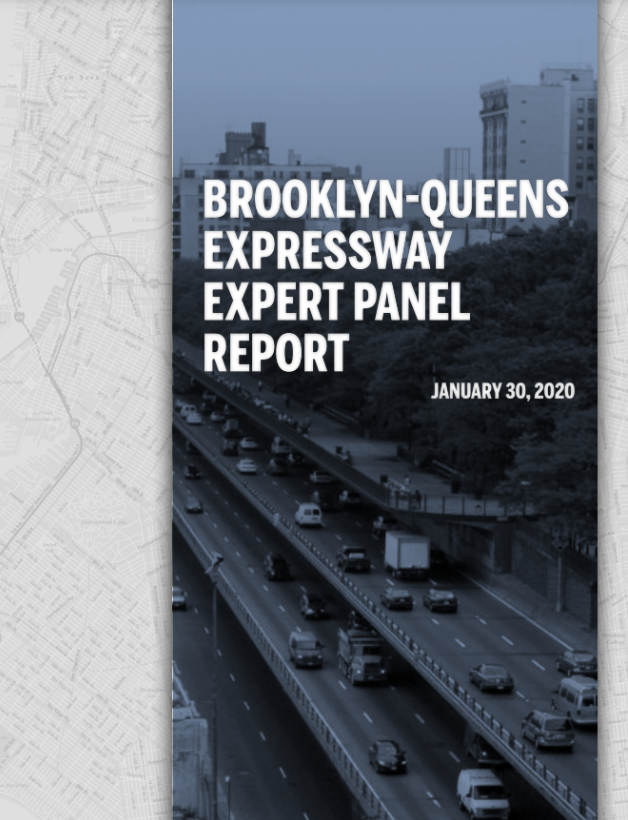
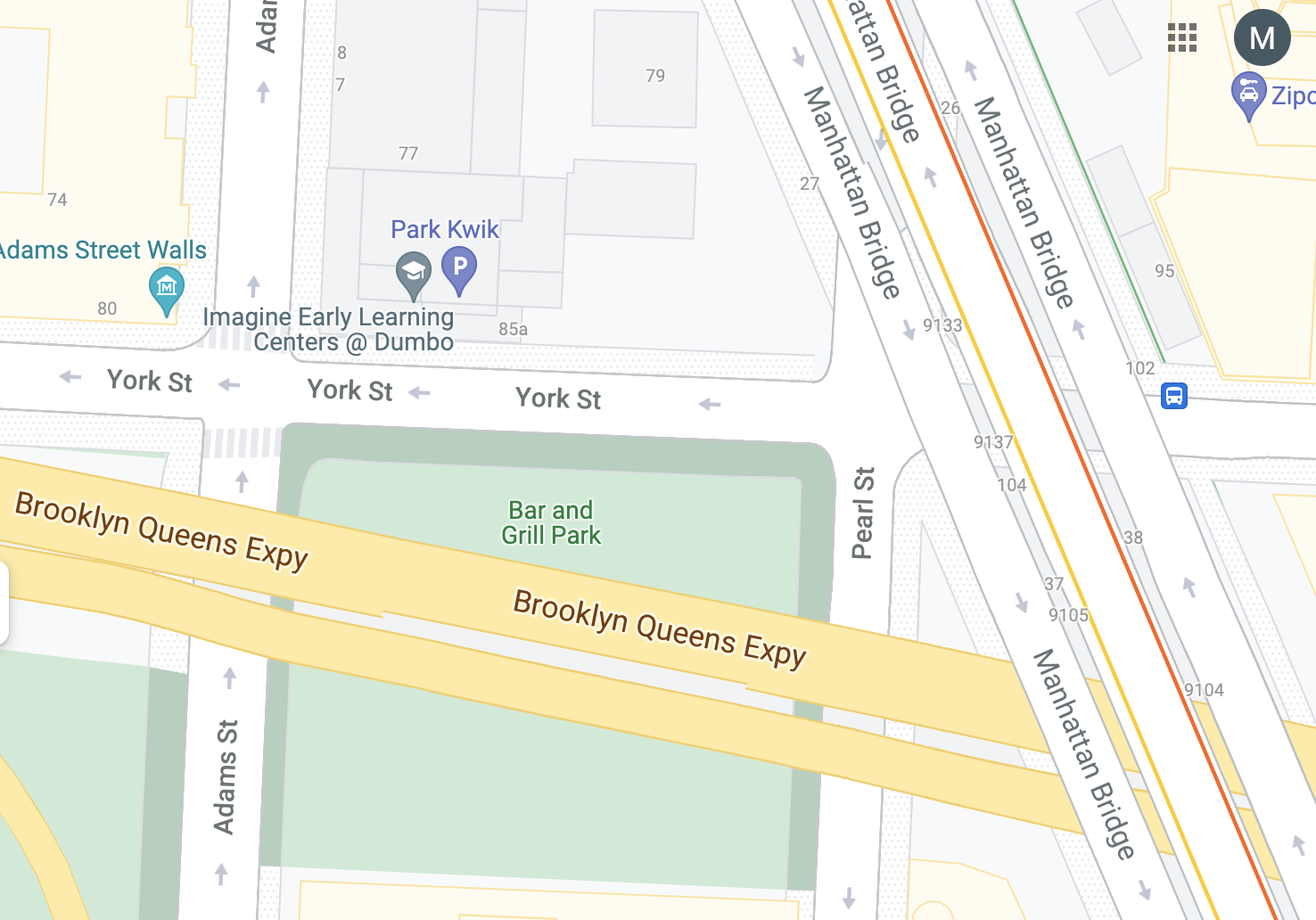
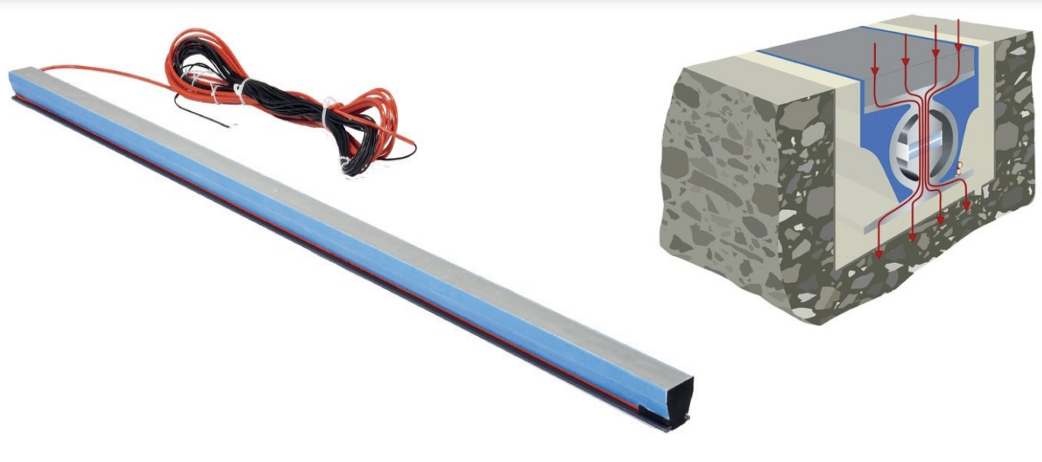
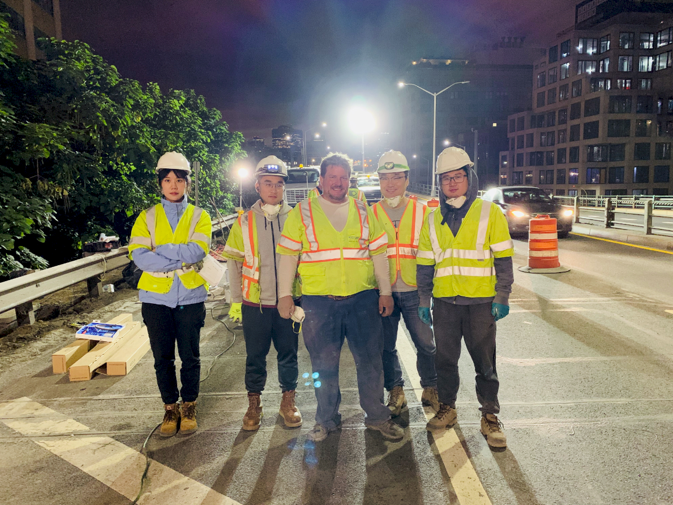
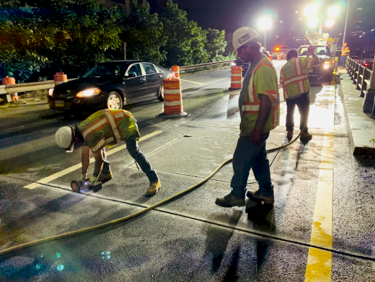
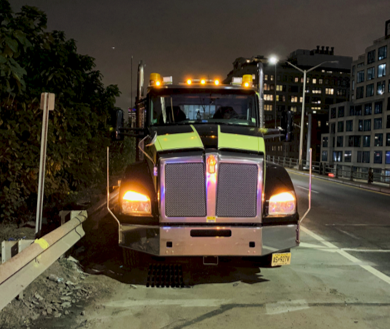
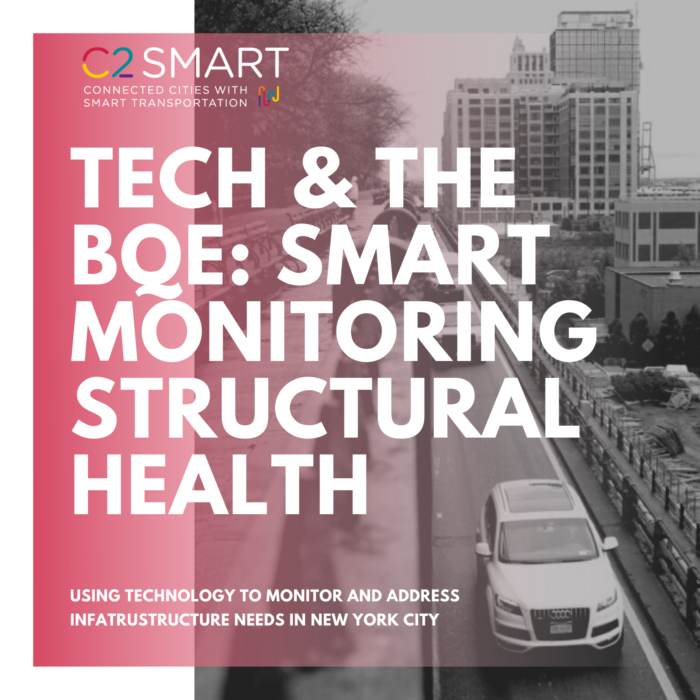 Long-term Structural Health Monitoring
Long-term Structural Health Monitoring